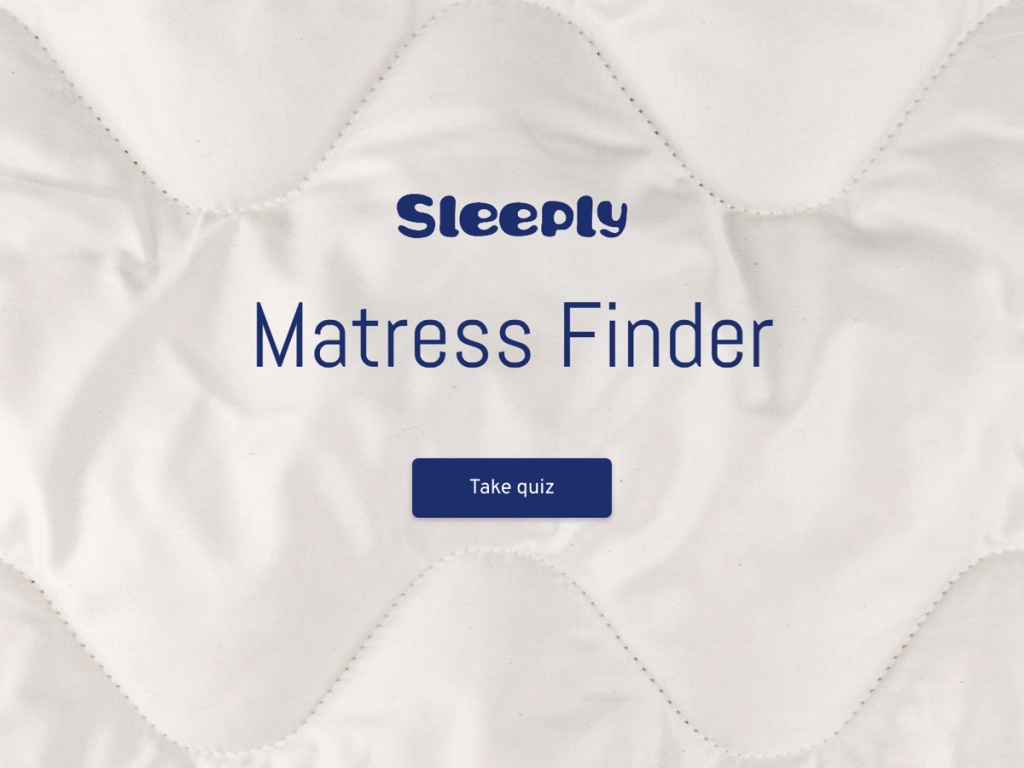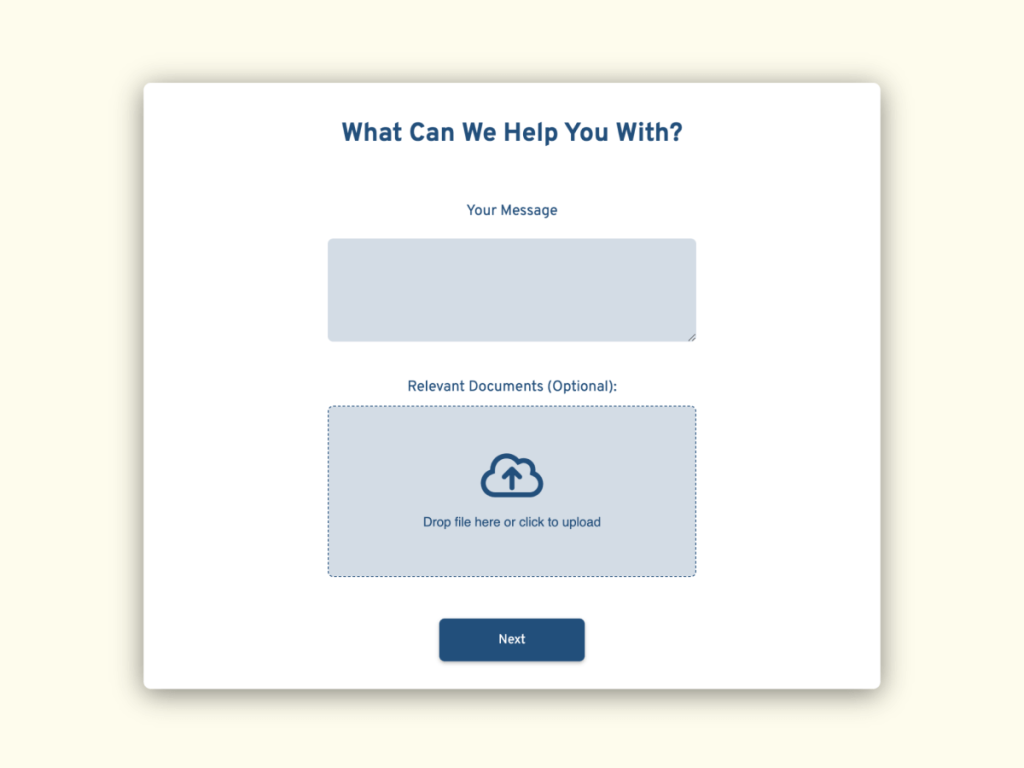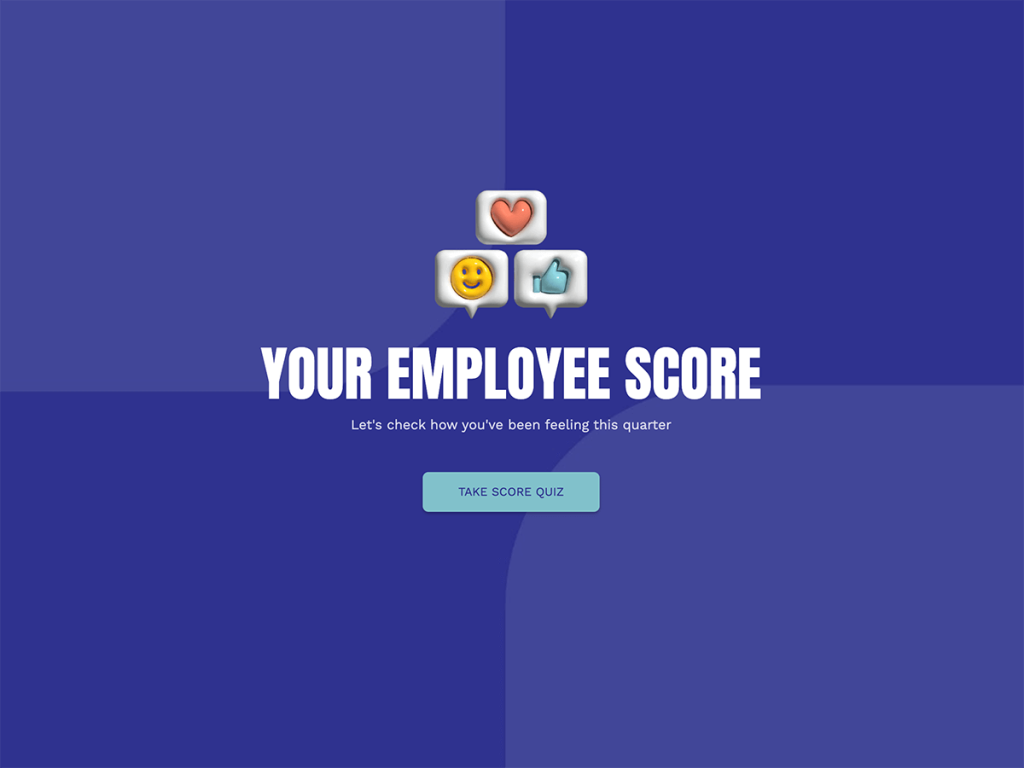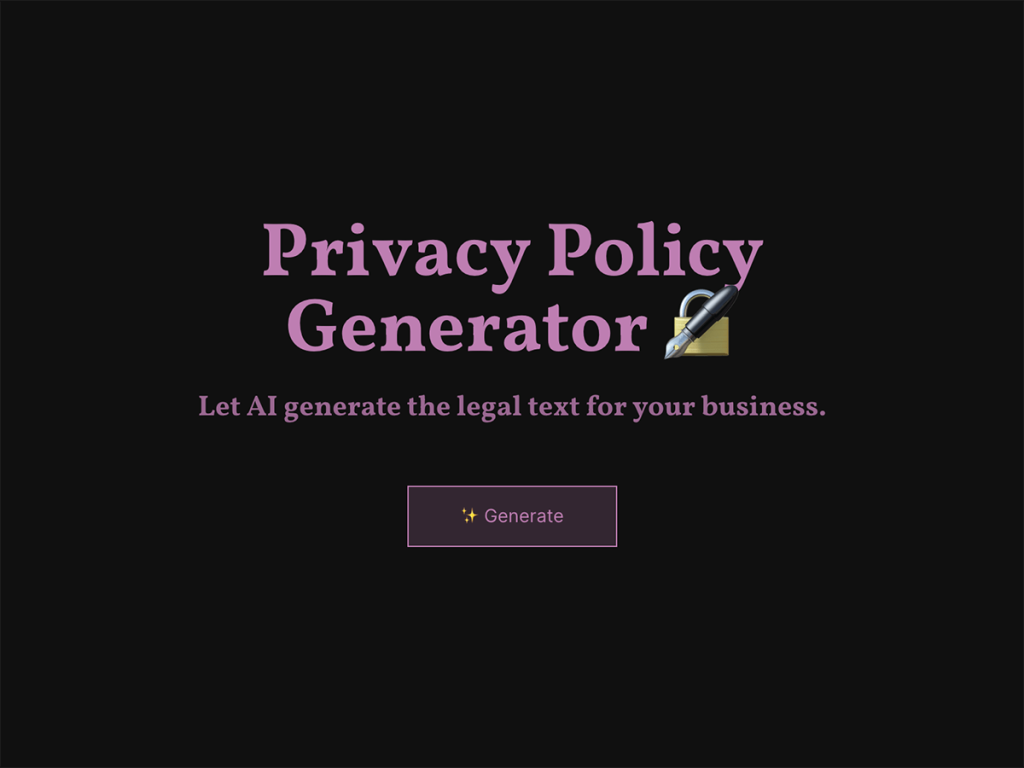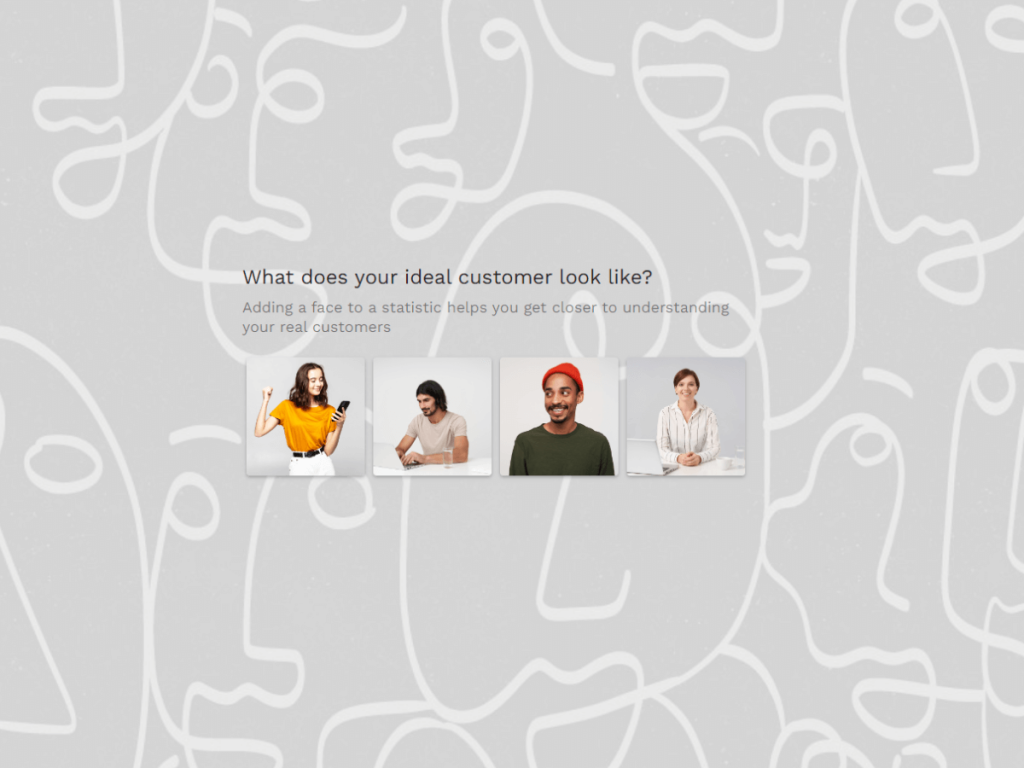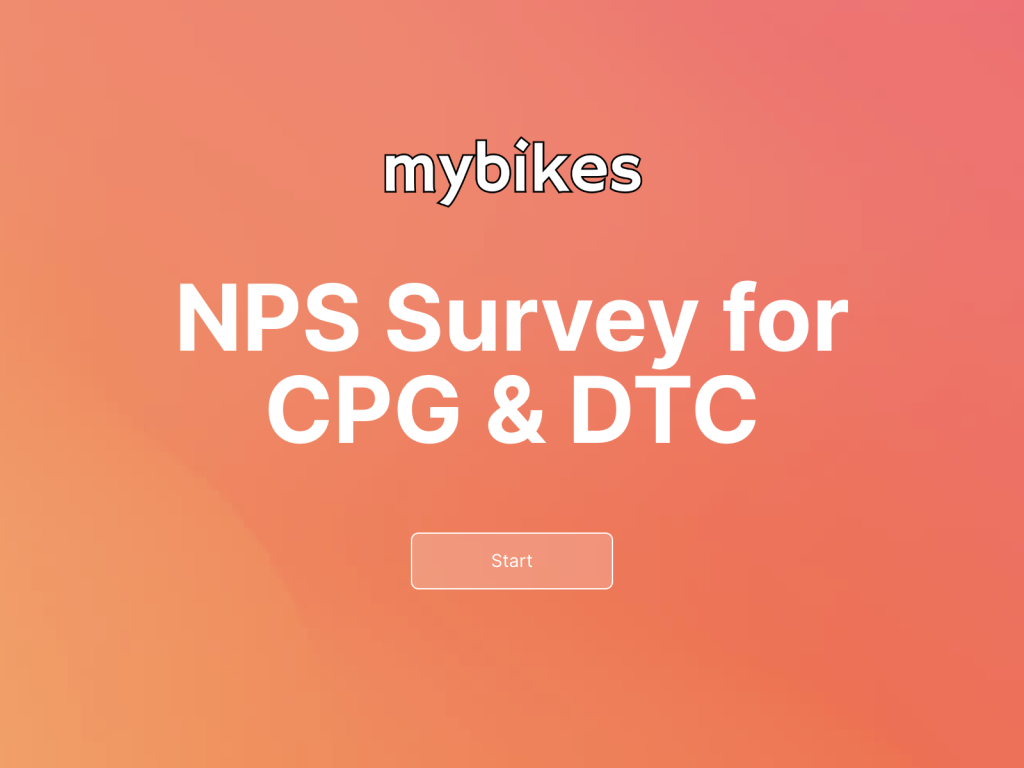Some products can be dull and hard to understand. But, if people keep buying them, it proves they're useful. Yet, marketing them can be like untangling a web.
Are you struggling to market sophisticated B2B software that people find confusing? Or are you dealing with plumbing pipes buyers just don't get? Or are you trying to promote complicated insurance packages?
We reached out to a group of marketers to get their insights on how to market such complex products:
“Literally Point at the Right Product for Them”
Actionable advice from involve.me team:
Often, potential customers understand the importance of a product or service but struggle to decide exactly what they need. This hesitation can delay their purchasing choice.
For example, we understand what car tires are used for, but not everyone knows how to choose them, making the buying process a real challenge. To give you some perspective, the question on how to choose car tires gets 219 million search results on Google.
While videos and blog posts help, there are other ways to assist customers in finding the correct product. You can put a product recommendation quiz or a custom product finder on the landing page or homepage. Visitors can provide answers to specific questions and receive tailored recommendations.
We've recently released a case study illustrating how Tado, the thermostats manufacturer, assists prospective customers in selecting the perfect thermostat through a custom product finder.
This personalization is effective for both B2B and B2C companies that offer customizable products/services, and it can significantly accelerate the sales process.
Create Custom Product Finders
Start with a template
What Mattress Is Best For You? Template
Home Insurance Finder Quiz Template
Glasses Recommendation Funnel Template
B2B Product Finder Template
“Most Buyers Don't Need to Understand How It Works”
Recommendations from Nick Lafferty, growth advisor for startups specializing in SEO, paid ads, and affiliate marketing:
From a marketing standpoint, selling a complex product isn't much different then selling a simple one. In both cases you should speak to the pain points of your prospective customers and talk about how your product solves them.
Here's an example: the electronics behind a home solar panel system are complicated, but most buyers don't need to understand how it works. What they want to know is the benefits (reduce your electric bill, be energy independent) and be confident that they're selecting a qualified, reliable, and experienced installer to make a complicated process as painless as possible.
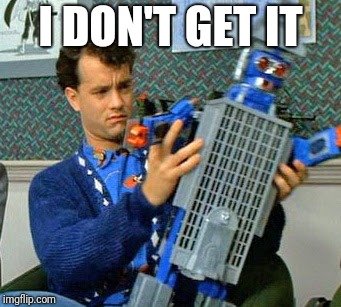
The goal should always be to get the customer to the next step with as little pain and friction as possible. For solar, most buyers are interested in reducing their electric bills. So when I was running ads for solar panel installers we'd quote ballpark savings (e.g. save 30% on your electric bills) and ask homeowners to submit their information for our contractors to speak with them.
It's the same for complicated software products. You need to identify the pain of your prospective customers (often by interviewing and researching your current customers to understand what brought them to you initially) and then hammer those points home in your marketing and sales process.
People buy solutions to their problems and they buy into a version of their future self that is better off with your products.
“How-to Videos, Explainers That Use Easy Language to Break Down Tough Concepts Can Be Extremely Effective”
Insights from Joel Klettke, a founder at Case Study Buddy:
When marketing complex products, it's critical to clearly understand the buying behavior of your audience, as well as how much information they already have vs. what they need to know to feel confident making a decision.
In B2B, complex products may be evaluated by several different roles: a technical user/leader (e.g. CTO) who will want the deepest insight into the capabilities/specs/technical details, but also less technical evaluators (e.g. CEO) who will need a high-level understanding of the benefits without getting bogged down in the details.
Marketing complex products well in this scenario often means leading with the clearest differentiators and benefits from a high level and in simple terms given that both technical and non-technical evaluators will share an understanding of these, and then also ensuring that deep-dive details are available to those who need them (e.g. spec sheets, thorough help/developer docs, etc.).
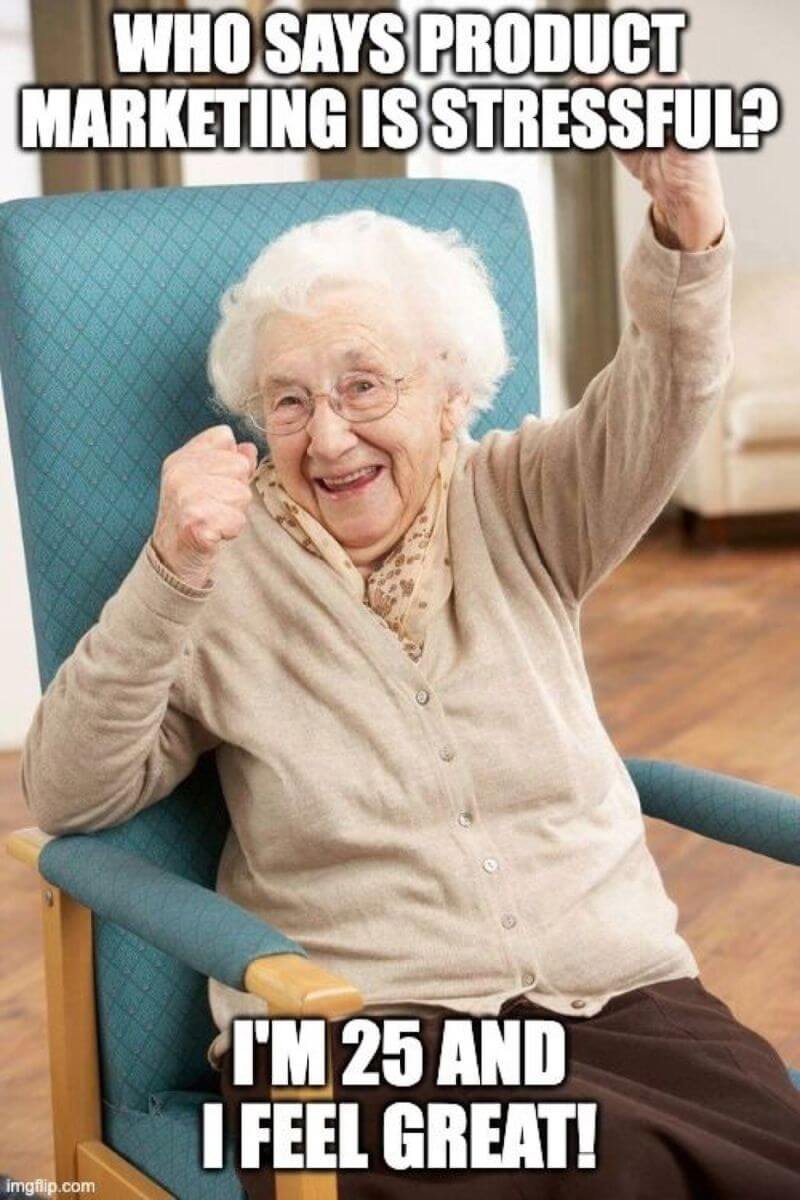
You may need to arm a technical evaluator with less technical sales materials they can use to 'sell up' within their organization to the others evaluating: one-sheets, comparison tables, sales decks, etc.
In B2C, you'll need to assess whether this is a complex product for a savvy audience, or whether you'll need to educate that individual buyer through new territory for them.
Reassuring them throughout the buying process that support and help are available is also a powerful way to motivate action and build confidence: leaning into the fact that they have options for learning more that aren't just tied to high-pressure sales calls. How-to videos, explainers, and other collateral that uses easy language to break down tough concepts can be extremely effective in this kind of situation.
"Technical Buyers Often Ignore Marketing Material That Makes Mistakes"
Suggestions from Nick Moore, freelance writer:
What and how content, for a technical product, has to be technically correct and compelling without overpromising. For a skeptical developer audience, in particular, this content has to feel very little like typical marketing content. Technical buyers often operate via a "red flag" framework, meaning they will ignore marketing material that makes mistakes that are subtle to marketers but essential to them.
Why content, which often speaks to executives or developers further down the funnel, provides more context to the what and how. This kind of content makes functionality meaningful, such that the functionality you explain becomes part of a wider technology ecosystem, integrates up and down the stack, and solves a real pain point.
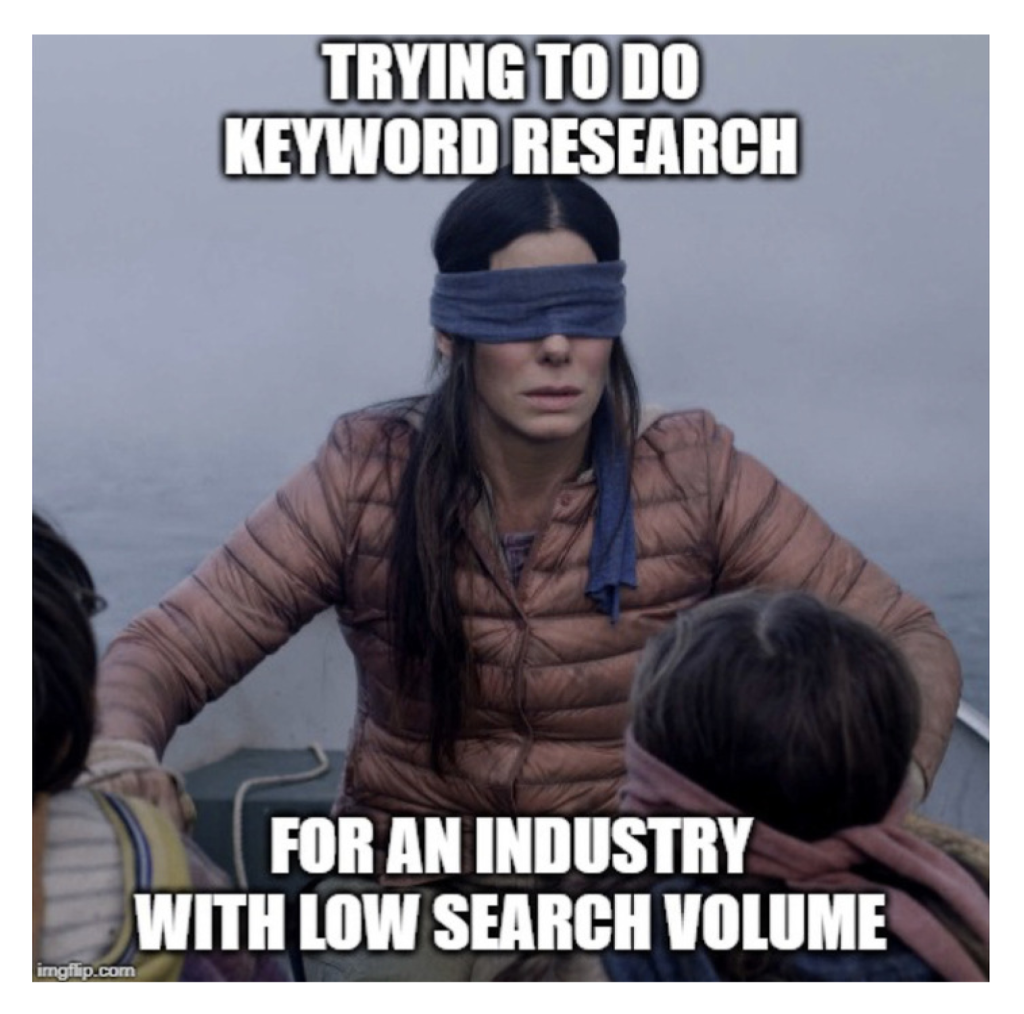
And even though the primary buyer might be CTO, you'll also want to create marketing material that appeals to other people in the company. Complex, technical products often have multiple influencers across the buying journey, so a great marketing campaign targeted at CTOs could ultimately fail if you don't have marketing material to assuage the concerns of on-the-ground developers with veto powers.
The key takeaway is that you need at least a little of each in all marketing material. A why thought leadership still needs some technically correct what/how and a technical tutorial still needs at least a little why context setting. The more complex a product, the more technical buyers need context to understand it and the more non-technical buyers need nuanced, clear functionality explanations to understand it.
“ Engage in Customer Interviews, Not Solely for the Marketing Benefits, but for the True Learning Experience.”
Recommendations from Ryan Robinson, the Head of Content at Close and blogger at ryrob.com
I've worked with many clients - Zendesk, Intuit, Adobe, Google for Entrepreneurs. A lot of them are highly intricate with numerous nuances, but they have also been a lot of fun.
The key advice is to genuinely invest in understanding who your target customers are. By "invest," I mean dedicating actual time to spend with these individuals. Engage in customer interviews, not solely for the marketing benefits, but for the true learning experience.
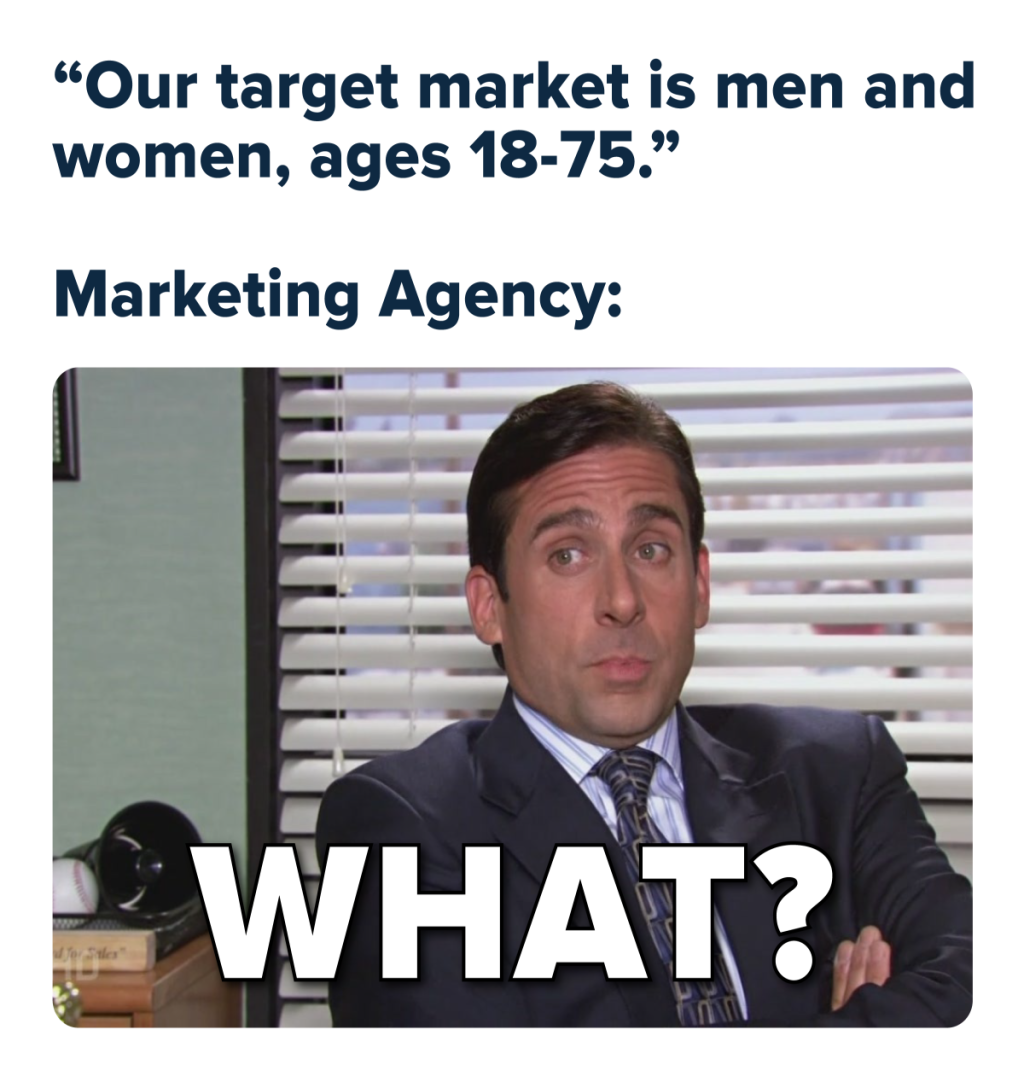
What we've gleaned from these experiences is that we consistently generate ideas for new features and, importantly, discover better ways to position ourselves and communicate our value proposition to these specific customer segments.
So, my significant piece of advice is to delve deeply into comprehending your customers and how you can genuinely assist them. This involves not only focusing on product features, but also on how your brand, tools, and services can profoundly impact their lives. You should aim to make their days smoother, enhance their work efficiency, and contribute to closing more deals. These are the guiding principles we rely on in our client research.

